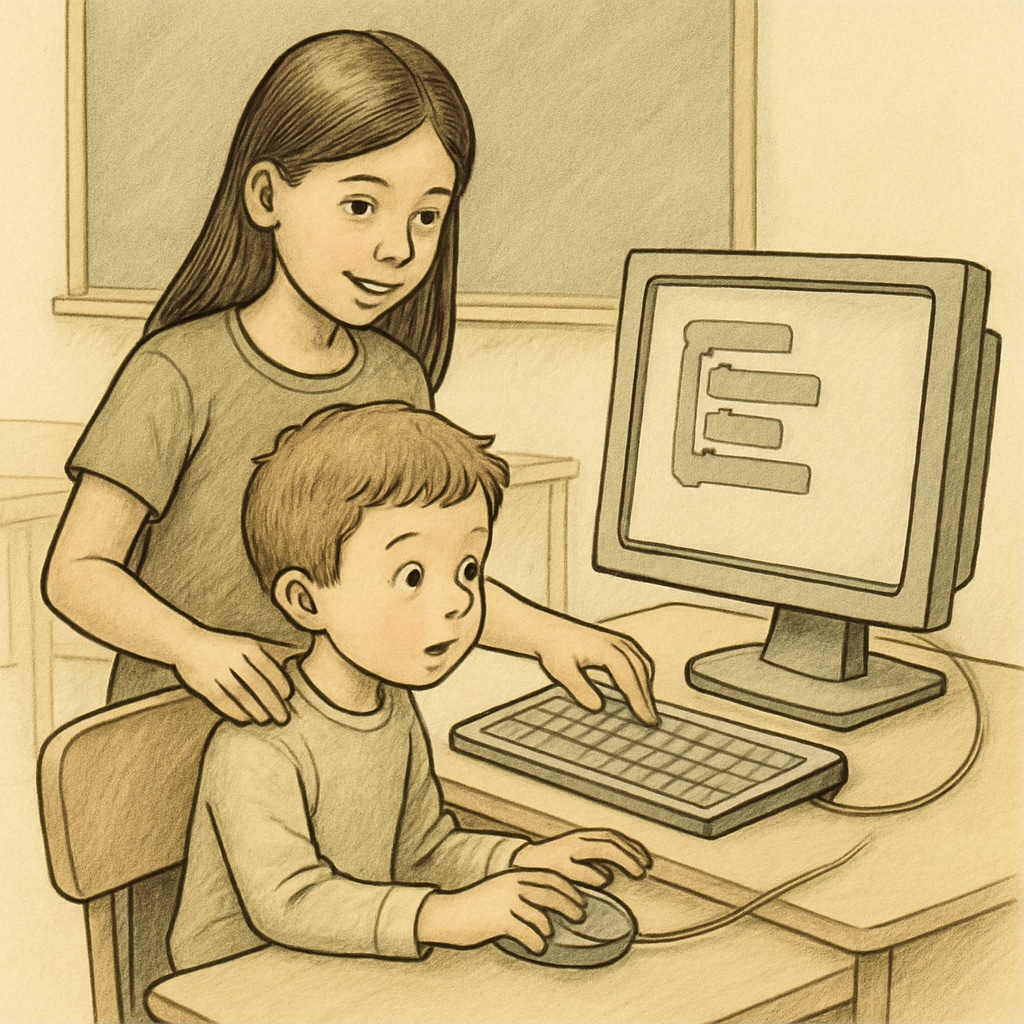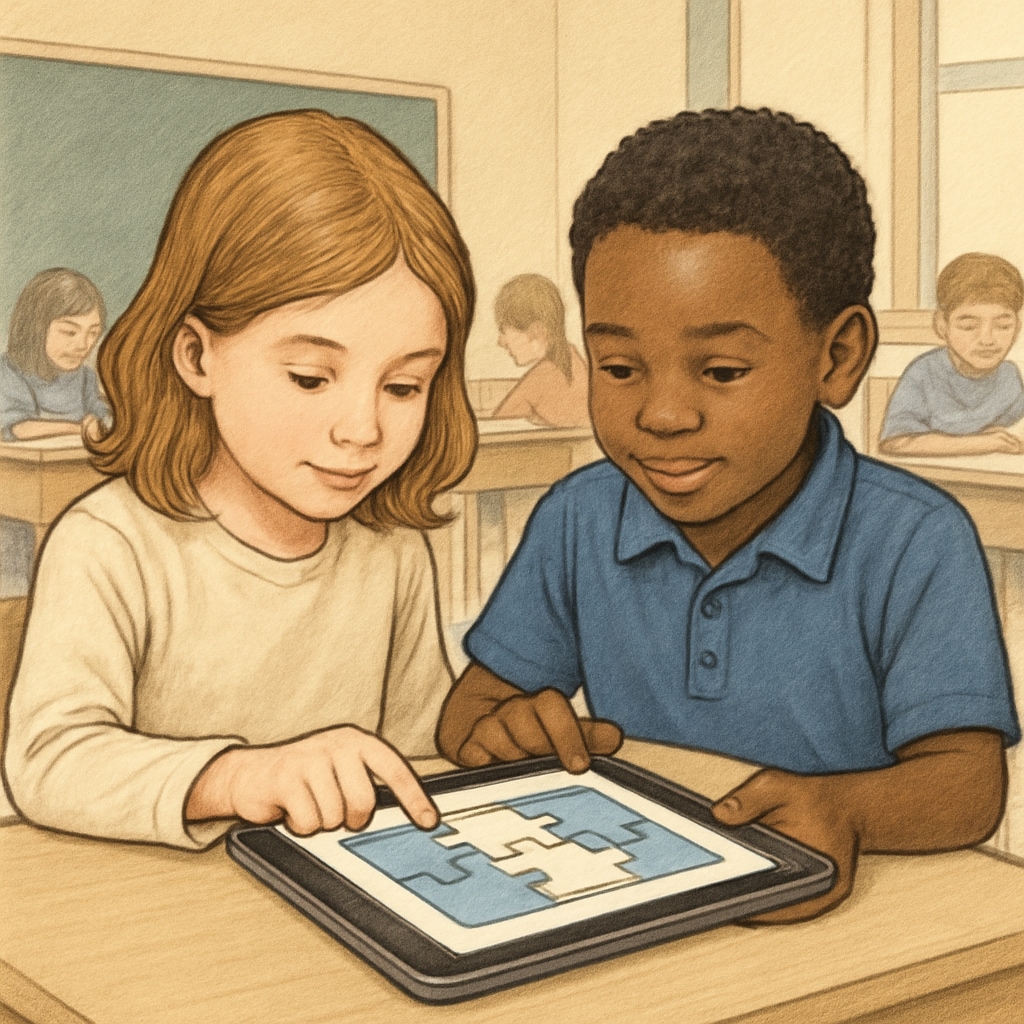Cross-age collaboration, such as kindergarten and fourth-grade partnership projects, offers unique opportunities for students to learn from each other while fostering teamwork and building social skills. Structured activities, particularly computer-based projects, can play a pivotal role in encouraging meaningful interactions between students of different age groups. This article explores the educational benefits of cross-age programs and provides eight creative ideas to help educators design impactful partnership activities.
Why Cross-Age Collaboration Matters
Integrating students from different age groups into shared projects creates a dynamic learning environment. Younger students benefit from role models who guide and inspire them, while older students develop leadership and mentoring skills. This collaboration enhances empathy, communication, and a sense of community among participants. According to Wikipedia’s overview of collaborative learning, such programs also promote critical thinking and cooperative problem-solving.

Creative Ideas for Cross-Age Partnership Projects
Here are eight innovative activities that can bring together kindergarten and fourth-grade students for a productive and enjoyable learning experience:
- Storytelling Sessions: Fourth-grade students can write stories and read them aloud to their kindergarten partners. This fosters literacy skills and creativity.
- Art Workshops: Collaborative art projects, like creating murals or crafting greeting cards, encourage teamwork and self-expression.
- Gardening Activities: Students can work together to plant flowers or vegetables, teaching responsibility and environmental awareness.
- Structured Computer Activities: Older students can mentor younger ones in basic computer skills, such as typing or navigating educational games.
- Puzzle Challenges: Groups can solve puzzles or build structures using blocks, promoting problem-solving and cooperation.
- Science Experiments: Simple experiments can be conducted with older students explaining scientific concepts to their younger peers.
- Fitness Games: Physical activities like relay races or obstacle courses encourage movement and teamwork.
- Music and Dance Sessions: Pairing students to learn songs or choreograph dances builds confidence and creativity.
Focus on Structured Computer Activities
Computer-based projects offer a unique opportunity for cross-age learning. Fourth-grade students can introduce kindergarteners to technology through structured activities such as:
- Basic Typing Lessons: Older students can teach beginners how to use a keyboard effectively.
- Educational Games: Interactive games that teach math or language skills can be played together to reinforce learning.
- Simple Coding Exercises: Platforms like Scratch allow fourth graders to guide kindergarteners in creating simple animations or games.
To ensure these sessions are successful, educators should provide clear guidelines and monitor interactions. As noted by Britannica’s insights on educational technology, effective use of technology in schools requires structured planning and supervision.

Tips for Implementing Successful Cross-Age Projects
Here are some strategies for educators to maximize the impact of cross-age partnership programs:
- Set Clear Objectives: Define the goals of each activity to ensure participants understand the purpose.
- Pair Students Thoughtfully: Match students based on complementary strengths and personalities.
- Provide Training: Teach older students how to support their younger partners effectively.
- Monitor Progress: Check in regularly to ensure activities are running smoothly and adjust as needed.
- Celebrate Achievements: Highlight accomplishments with certificates or presentations to encourage participation.
Conclusion: Building Bridges Between Generations
Kindergarten and fourth-grade partnership projects, including structured computer activities, offer an enriching experience for both age groups. These initiatives foster collaboration, creativity, and mutual respect, laying the foundation for lifelong skills. By implementing thoughtful and engaging activities, educators can unlock the full potential of cross-age learning in their classrooms.
Readability guidance: This article uses short paragraphs, clear transitions, and structured lists to enhance readability. It avoids overuse of passive voice and maintains a balance of sentence lengths to ensure accessibility for a broad audience.


